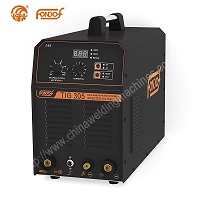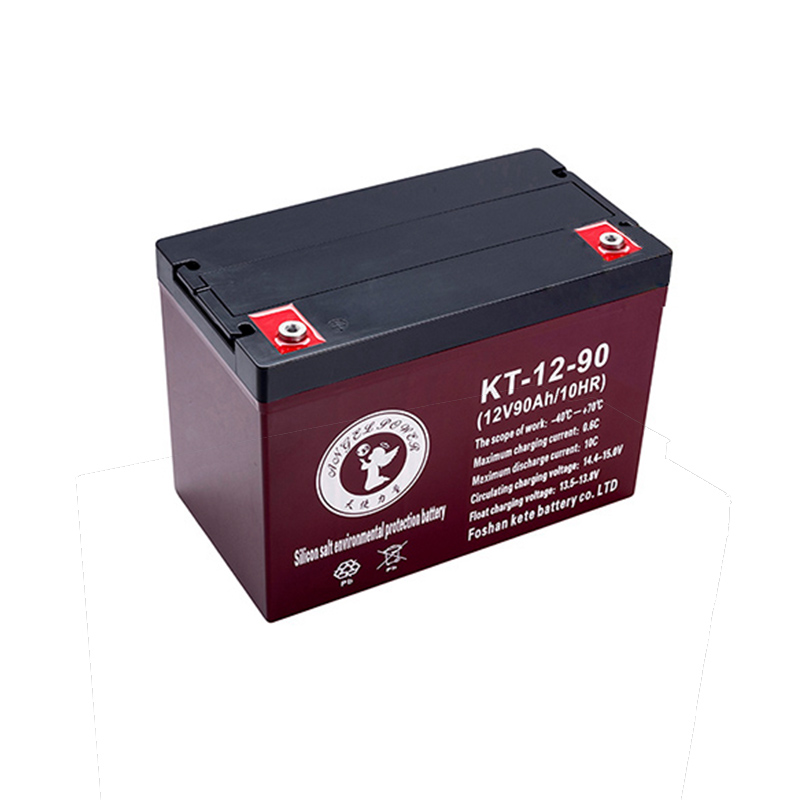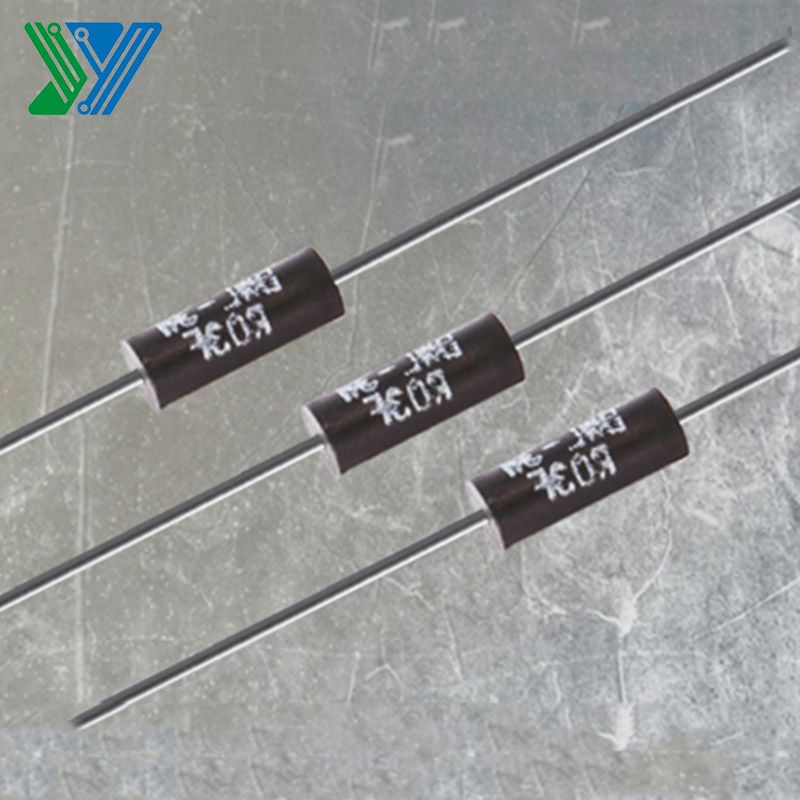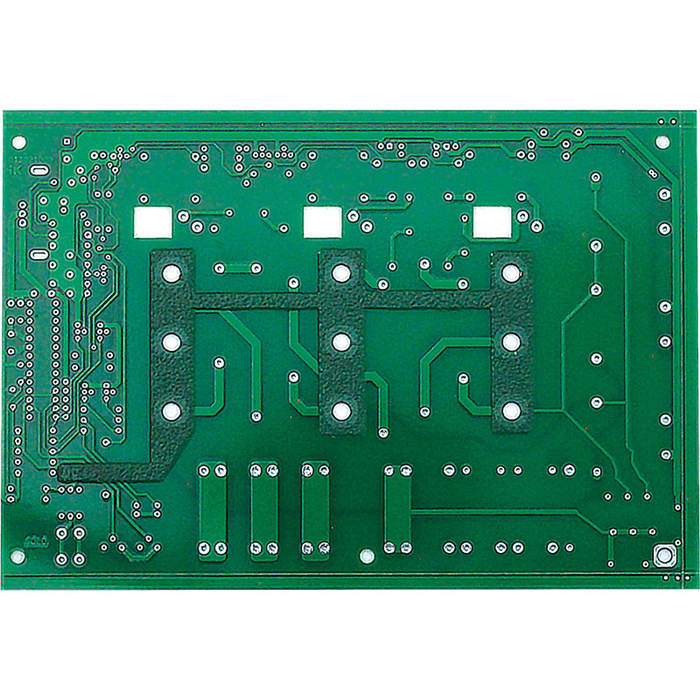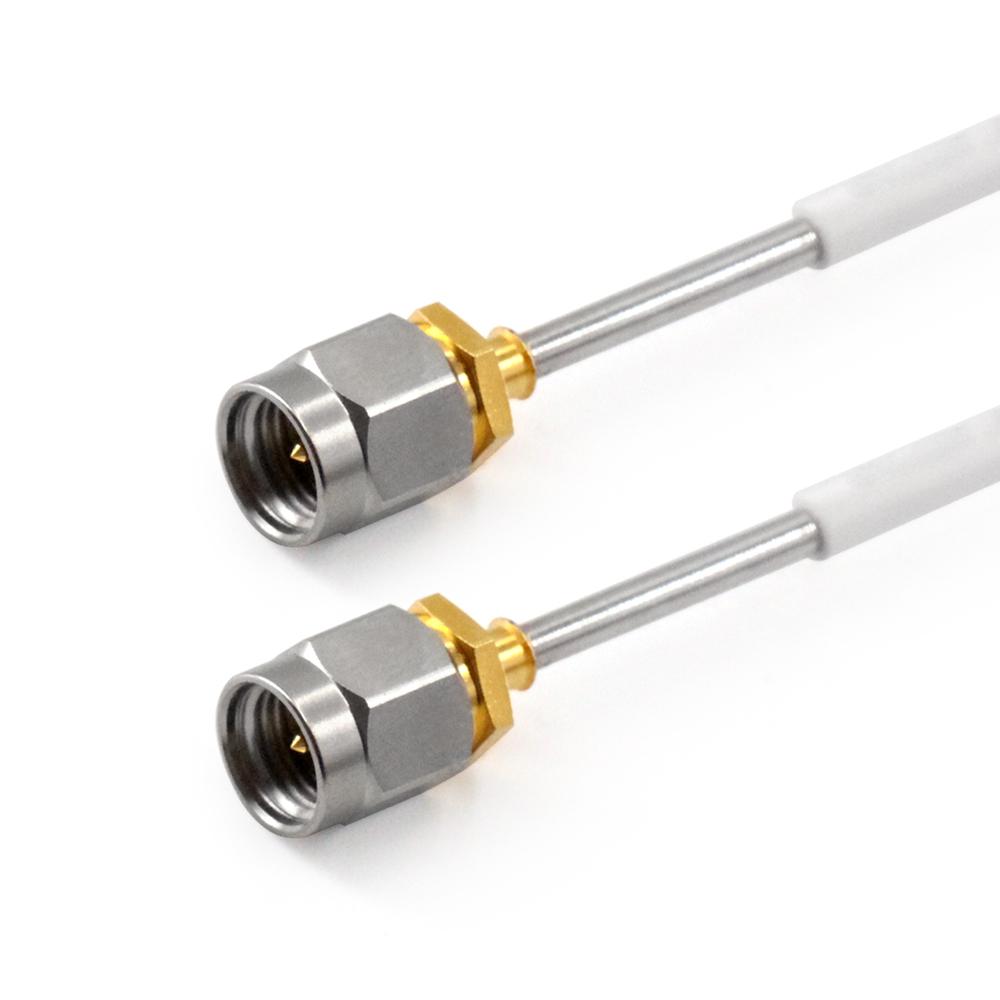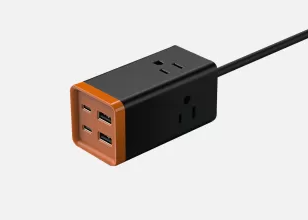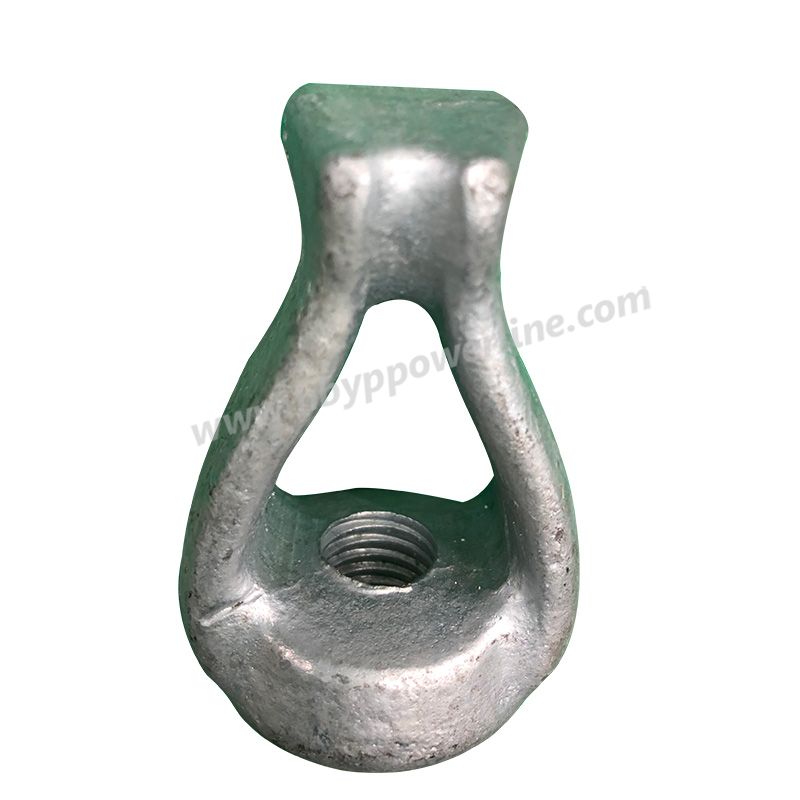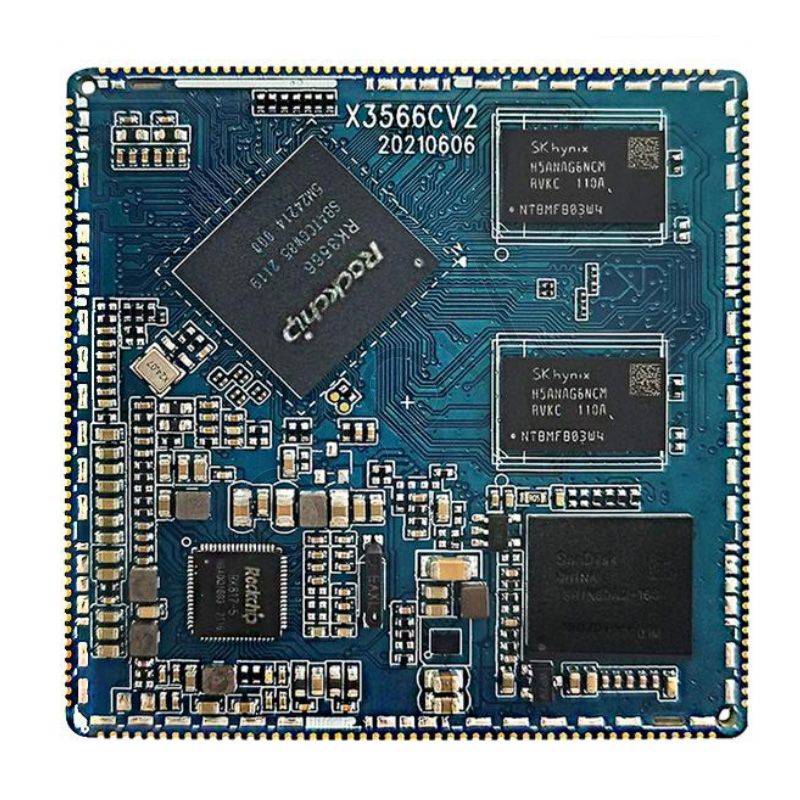Function and Types of Indoor Load Breaker Switch
The indoor load breaker switch is a critical electrical component used in various settings to control and isolate electrical circuits. It serves as an essential safety device, allowing for the safe disconnection of electrical loads for maintenance, repairs, or emergency situations. In this informative article, we will explore the function, types, and applications of indoor load breaker switches to better understand their importance in electrical systems.

Function of Indoor Load Breaker Switch
The primary function of an indoor rotary isolation switch is to provide a convenient and safe way to open or close an electrical circuit manually. When in the closed position, the switch allows current to flow through the circuit, powering electrical devices and equipment. On the other hand, when in the open position, the switch interrupts the current flow, effectively disconnecting the electrical load from the power source.
This ability to isolate circuits is crucial for maintenance work, as it prevents accidental energization and ensures the safety of personnel working on electrical equipment.
Types of Indoor Load Breaker Switches
1. Air Break Load Breaker Switch
The air break load breaker switch uses the surrounding air as the arc quenching medium. When the switch opens, the contacts separate, causing an arc to form. The surrounding air cools and extinguishes this arc, allowing for safe interruption of the circuit.
See also:Applications of LiFePO4 Prismatic Cells
Power Banks: Unleashing Portable Power on the Go
Understanding the Difference Between Electrolytic Capacitors and Normal Capacitors
The Advantages of Rockchip SBC
Unveiling the Essential Types of Power Transformers: A Comprehensive Guide
The Benefits of Lithium Batteries: Unveiling the Power of Modern Energy Storage
What is the main advantage of an electrolytic capacitor?
2. Vacuum Load Breaker Switch
The vacuum load breaker switch employs a vacuum as the arc quenching medium. With the contacts enclosed in a vacuum chamber, the arc is quickly extinguished, ensuring efficient interruption and minimal wear on the contacts.
3. SF6 Load Breaker Switch
SF6 (Sulfur Hexafluoride) load breaker switches utilize SF6 gas as the arc quenching medium. SF6 is an excellent insulating gas, enabling compact and efficient designs. These switches are commonly used in high-voltage applications.
Indoor load breaker switches are indispensable components in electrical systems, providing a safe and efficient means to control and isolate electrical circuits. Their ability to disconnect electrical loads for maintenance and repairs is crucial for ensuring the safety of personnel and equipment.
See also:How does a liquid crystal display work?
Choosing the Right LiFePo4 Battery Pack for Your Energy Storage Needs
How Does the ATV Winch Work?
Sourcing Reliable Electronic Components: A Buyer's Guide
Airless Spray Pump Filters: The Unsung Heroes of Precision Painting
Jump Starter, the Game-Changer in Vehicle Emergencies
What sets Rockchip ARM Motherboards apart from others?


